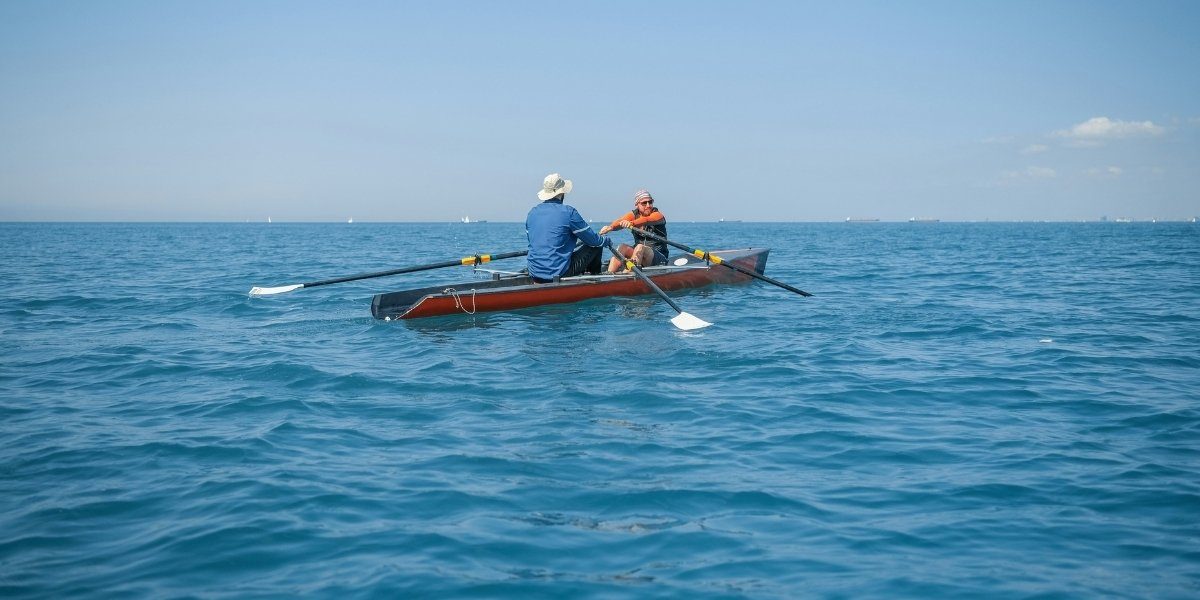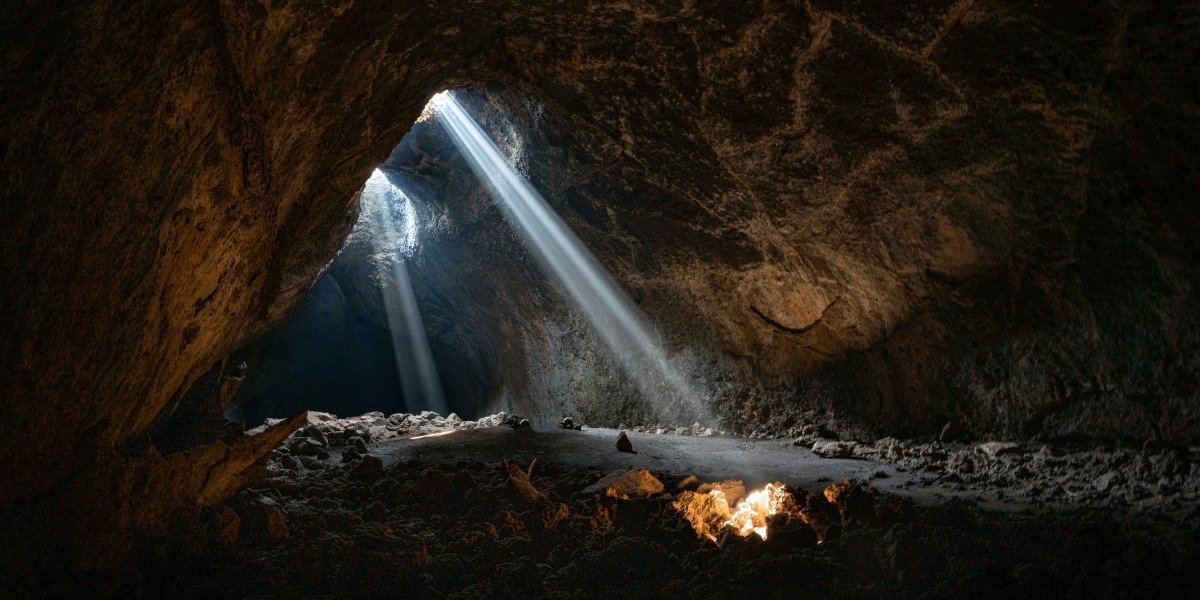In recent years, citizen science has become an essential tool in environmental monitoring, empowering ordinary individuals to contribute to scientific research. One area where citizen science is playing an increasingly important role is in tracking and monitoring sea level changes. Rising sea levels, driven by climate change, pose significant threats to coastal communities, ecosystems, and infrastructure. By involving the public in data collection, researchers can gather vast amounts of information that help inform policies, guide adaptation strategies, and deepen our understanding of the ongoing climate crisis.
Read Also: Discover the Diversity of U.S. Flora and Fauna
What Is Citizen Science?
Citizen science refers to scientific research conducted by non-professional scientists who contribute data, observations, or analyses to ongoing scientific projects. It involves the collaboration of researchers and the public, where everyday people engage in data collection, experiments, or surveys that support scientific research. Citizen science has gained popularity across various fields, from astronomy to biodiversity monitoring, and it is now playing a crucial role in understanding environmental issues such as sea level rise.
Why Is Monitoring Sea Level Changes Important?
Sea level rise is a direct consequence of climate change, driven by two main factors: the melting of glaciers and ice sheets, and the thermal expansion of seawater as it warms. As global temperatures rise, polar ice melts at an accelerated rate, adding more water to the oceans. At the same time, the warming of seawater causes it to expand, further raising sea levels. This rise in sea levels is a growing threat to coastal cities, ecosystems, and economies, leading to more frequent flooding, coastal erosion, and saltwater intrusion into freshwater resources.
Accurate and long-term data on sea level changes is critical for understanding the full scope of the problem and for preparing for future impacts. However, gathering sufficient data from remote or vast coastal areas can be a challenge for researchers, making citizen science an ideal tool to complement traditional monitoring methods.
How Does Citizen Science Contribute to Monitoring Sea Level Changes?
Citizen scientists contribute to monitoring sea level changes in a variety of ways, using accessible tools and technologies to collect data that might otherwise be difficult or expensive to obtain. Some of the key contributions from citizen science initiatives include:
1. Tide Gauges and Water Level Measurements
One of the primary methods for monitoring sea levels is through tide gauges, which measure the height of the sea relative to a reference point on land. These gauges are typically located at coastal stations, but citizen scientists can help extend coverage by setting up their own tide gauges in local areas. By collecting regular water level measurements, citizens can provide valuable data for tracking sea level changes on a smaller, more localized scale.
Some citizen science projects provide simple, low-cost tide gauges that allow community members to monitor water levels in real time. These measurements, when aggregated, can contribute to larger datasets that researchers use to study regional sea level rise and its potential impacts on local communities.
2. Satellite Data and Image Analysis
While satellite observations are critical for measuring large-scale sea level changes, citizen scientists can help with the interpretation and analysis of satellite images. Many citizen science platforms provide tools for the public to classify and analyze satellite images of coastlines and shorelines, identifying changes in land and water levels over time. This crowdsourced data helps researchers track the extent of coastal flooding, erosion, and other effects of sea level rise.
Citizen scientists can also assist with the analysis of other environmental variables, such as shoreline changes, vegetation shifts, and coastal infrastructure damage, which are all indicative of rising sea levels.
3. Participatory Monitoring of Coastal Ecosystems
Citizen science projects often involve the monitoring of coastal ecosystems, including mangroves, salt marshes, and seagrass beds, which are highly sensitive to sea level rise. These ecosystems play a critical role in protecting coastal communities from storm surges, reducing erosion, and sequestering carbon. Through participatory monitoring, citizens can track changes in the health and extent of these ecosystems and report observations of changes in vegetation, species populations, or the onset of saltwater intrusion.
Such data is important for understanding how coastal ecosystems are adapting (or failing to adapt) to rising sea levels, and it provides critical information for conservation efforts.
Benefits of Citizen Science in Sea Level Monitoring
Citizen science offers several benefits for monitoring sea level changes, both for scientists and the general public. Some of the key advantages include:
-
Increased Data Collection: Citizen scientists can help gather data from diverse, often remote locations, increasing the volume and geographic spread of information. This is crucial for tracking sea level rise in real-time, especially in areas with limited scientific resources.
-
Enhanced Public Engagement: Involving the public in scientific research helps raise awareness about climate change and sea level rise, fostering a sense of responsibility and urgency. It also provides an opportunity for individuals to contribute to efforts that directly impact their communities.
-
Cost-Effective Research: Citizen science initiatives are often more cost-effective than traditional research methods. By leveraging the participation of volunteers, scientists can collect large amounts of data without the need for expensive equipment or fieldwork.
-
Localized Data: While satellite data provides a broad overview of sea level trends, citizen science helps fill gaps in localized, community-specific data. This localized information is invaluable for understanding the unique impacts of sea level rise on different regions.
Examples of Citizen Science Projects Focused on Sea Level Monitoring
Several citizen science initiatives are focused specifically on sea level rise and coastal monitoring. Some examples include:
-
CoastSnap: CoastSnap is a citizen science project that allows people to take photos of coastal shorelines from fixed points to monitor changes in beach morphology over time. This simple method provides valuable data about coastal erosion and the impact of rising sea levels on shorelines.
-
Tidewatch: Tidewatch is a global citizen science initiative that encourages people to measure tide heights and report their observations. The collected data helps scientists track regional changes in sea level and understand the impacts of local factors like tides, weather, and long-term sea level rise.
-
Sea Level Rise Network: The Sea Level Rise Network involves communities in monitoring the effects of rising sea levels on local ecosystems and infrastructure. The project engages volunteers to observe and report changes in coastal environments, contributing to a global understanding of how sea level rise is affecting different areas.
The Future of Citizen Science in Sea Level Monitoring
As sea level rise continues to pose a threat to coastal areas, citizen science will play an increasingly important role in monitoring and understanding these changes. With advancements in technology, more people will have access to tools that enable them to participate in scientific research. From smartphone apps and satellite image analysis to tide gauges and fieldwork, the potential for citizen science to contribute to climate research is vast.
In the future, we can expect more collaboration between scientists, policymakers, and the public in tracking sea level rise. By empowering individuals and communities to monitor their own environments, we can build a stronger, more informed response to the challenges posed by rising oceans.
Read Also: The Legacy and Thrill of Horse Racing in Kentucky
The Power of Citizen Science
Citizen science is transforming how we monitor and understand sea level changes. By contributing to data collection, interpretation, and analysis, individuals around the world are playing a crucial role in climate research. As sea levels continue to rise, citizen science will remain an essential tool for gathering the data necessary to make informed decisions, protect coastal communities, and mitigate the impacts of climate change.








